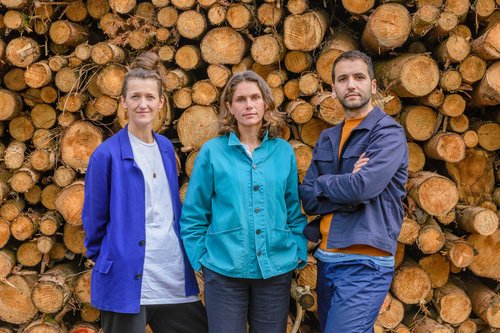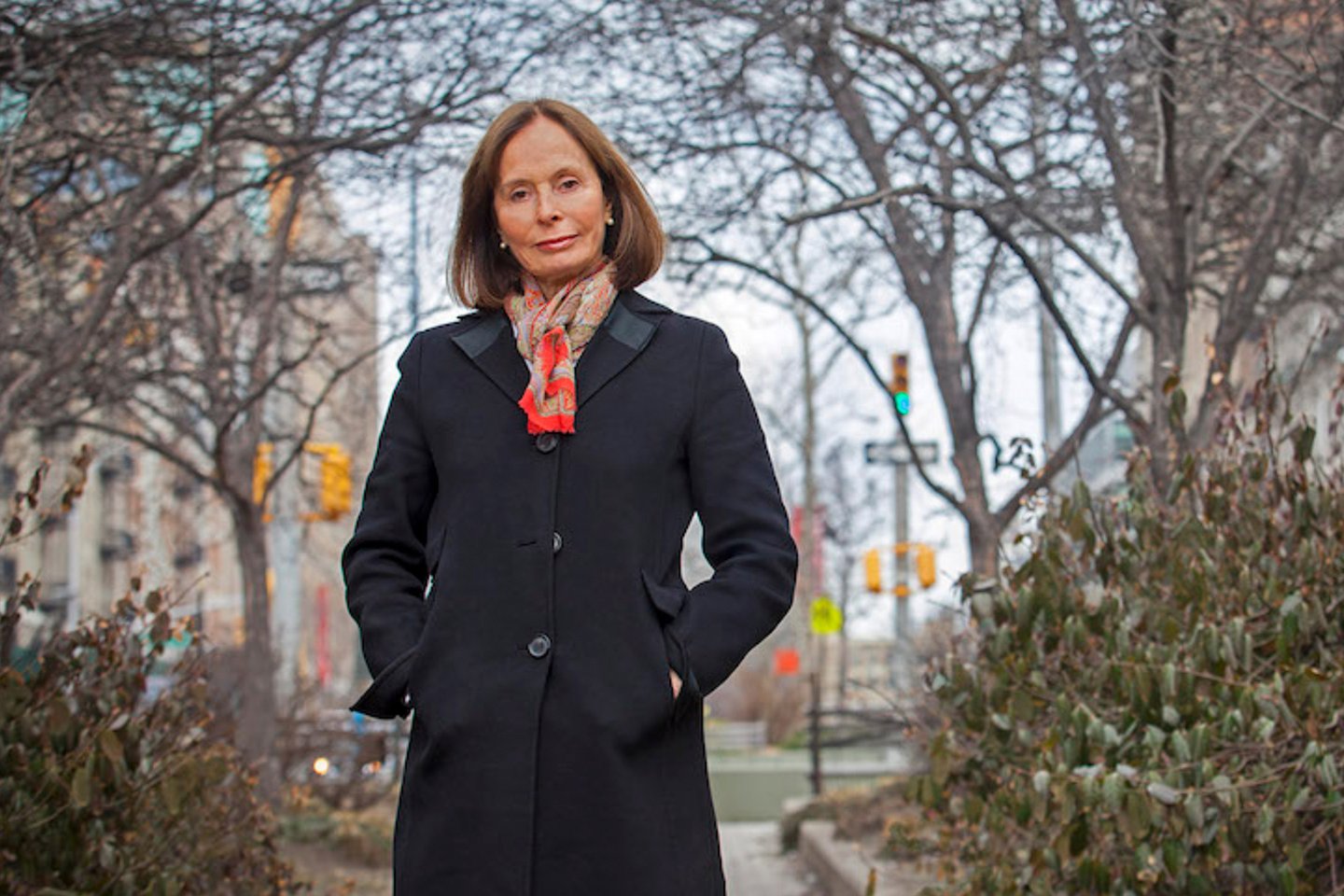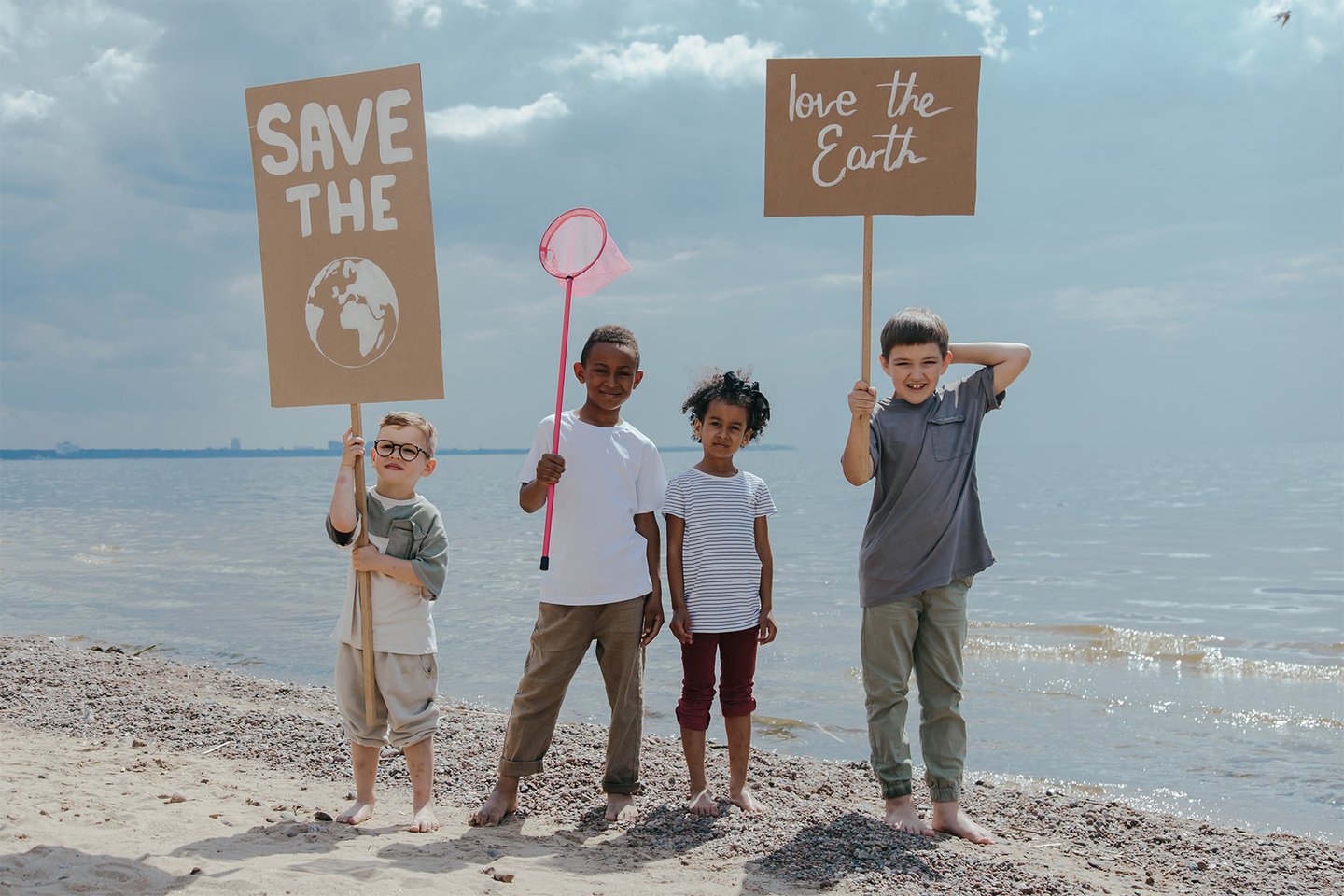
9 min read
The Big Picture: A Conversation with Material Cultures
Founding director Paloma Gormley sits down with WLLW to discuss the potential of bio-based materials, and how we can make meaningful progress towards a post-carbon built environment.

4 min read
The leading environmental health scientist sits down with WLLW to discuss children’s health, the perils of climate change, and how to secure a healthy future for the next generation.
WLLW’s Big Picture series explores the ideas and trends impacting health, sustainability and the built environment and asks how this thinking can be applied in the home and in everyday lives. In our second installment, we speak with one of the pioneers of children’s environmental health in America, Dr. Frederica Perera.
Climate and environmental hazards are having devastating impacts on the wellbeing of our children. The World Health Organization (WHO) estimates more than 40 percent of the burden of environmentally related disease and more than 88 percent of the current load of climate change is borne by children under five years of age. Today, approximately two billion children in the world breathe toxic air at levels exceeding the guidelines set by the WHO. As the mother of a young child who suffered severe respiratory illness, I’m acutely aware of the impacts of air pollution on the smallest and most vulnerable among us.
As I sought to understand a problem far greater than my own experiences, I had the privilege of speaking with Dr. Perera. As founder of the Center for Children’s Environmental Health (CCCEH) at Columbia University, she argues that climate and environmental hazards are the most pressing global threat to healthy human development in the earliest years of life. We talked about her work, the challenges our children face, and what we can do to effect positive transformation.

The young are bearing the brunt of climate change and air pollution. For years, much of the focus with respect to health consequences was on the toll in excess adult deaths. Certainly, those numbers are shocking: seven million per year globally, and 60,000 in the US every year. But recently, scientists (myself included), have documented the many harms to children’s mental as well as physical health, and cited the need to act urgently to protect this most vulnerable group.
We have shown that the special susceptibility of the fetus, infant and child is due to many biological and behavioral factors all occurring at the same time. These factors include rapid growth, complex developmental programming, immaturity of detoxification and immune defense systems, limited ability to regulate body temperature during periods of severe heat, greater nutritional needs leading to a greater impact of drought and food insecurity and dependence on adult caretakers. Any one of these susceptibility factors would raise the risk from toxic exposures and stressors, but their combination greatly magnifies the harm.
All children are vulnerable; but the least socioeconomically advantaged are hurt “first and worst”. This is true globally and in rich countries like the US where children in communities of color and low income have disproportionately greater exposure to air pollution as well as to severe heat and extreme weather events.
In the US, discriminatory policies like redlining created urban heat islands characterized by heat-trapping asphalt and few trees. And severe storms, such as Hurricanes Katrina and Harvey, have disproportionately affected Black and low-income communities.

Severe heat due to climate change is causing more preterm births and heat-related deaths and illnesses in infants and children. Children are suffering physical injury and psychological trauma from weather disasters, allergy and asthma due to longer pollen seasons, asthma attacks from breathing forest fire smoke, food insecurity and stunting due to drought, and infectious diseases like Lyme disease, dengue and malaria, as ticks and mosquitos have extended their range.
Climate change is affecting the mental health of children through the trauma caused by the experience of a weather disaster. As many as 50 percent of children report having symptoms of PTSD after such an event. But children who have not directly experienced a climate disaster are also being affected by “climate anxiety”. In a survey across ten countries, 50 percent of young people said that they felt very worried or extremely worried about climate change and that their concerns about climate change negatively affected their daily lives.
Air pollution exposure during pregnancy is associated with adverse birth outcomes, such as low birth weight and premature birth. Worldwide, air pollution and other environmental risks are responsible for 1.7 million deaths in children under the age of five every year. Air pollution is increasing the toll of asthma globally and has harmful effects on early brain development. Our research at the CCCEH and that of others has linked air pollution to reduced cognitive performance, attention problems, autism, and anxiety and depression in children and adolescents. These effects often persist into adulthood.
"We can protect all our children and give them a far greater chance of maturing into healthy, productive adults by understanding the risks posed by various pollutants and acting now to reduce their presence in our air, water and food."
Dr. Frederica Perera
Individual actions matter: While the main responsibility to curb climate change lies with governments, as individuals there is much we can do. We can choose a utility company that generates its power primarily from renewables. We can conserve energy and water, eat more plant-based foods and less meat and dairy. We can choose to buy or lease an electric car and use mass transit wherever possible. We can advocate for child-centered climate policies and social programs to reduce poverty and deliver high quality health care and education to all children. And we can vote for government representatives who will act on behalf of our children.
The primary intervention is government regulation to ban or limit exposure to toxic chemicals in the home. This must be accompanied by accessible information to educate parents, caregivers, and school administrators about avoidance of products that contain these chemicals. Physicians and healthcare professionals have a critical role to play in informing parents and caregivers about risks and practical strategies to eliminate toxic chemicals from the home.
We can protect all our children and give them a far greater chance of maturing into healthy, productive adults by understanding the risks posed by various pollutants and acting now to reduce their presence in our air, water and food.

There are many success stories of policies and other actions to reduce air pollution from the burning of fossil fuels, and mitigating against the impacts of climate change. These include government action at the national, regional and city levels, alongside community Initiatives.
These range from programs to improve walkability in urban spaces to those stimulating a transition to regenerative agriculture and tackling climate change. I write about some of these in my book.
We all have opportunities to advocate for children in our communities, our professions, and as voters. We can support the climate provisions of the Infrastructure Bill and the Inflation Reduction Act that will provide our children with a clean energy future, and hopefully avoid the worst impacts of climate change. We must advocate for programs to deliver clean water, food, healthcare and education to children who lack those essential social supports.
Photography: Kelly Campbell via Heinz Awards, Financial Times, Soloviova Liudmyla via WHO, Ron Lach/Pexels

9 min read
Founding director Paloma Gormley sits down with WLLW to discuss the potential of bio-based materials, and how we can make meaningful progress towards a post-carbon built environment.

3 min read
Drawing on Harvard professor and healthy buildings expert Joseph G. Allen's research, it's crucial to understand how environmental pollution impacts the air quality inside our homes, emphasizing the need to reassess and improve the air we breathe indoors.